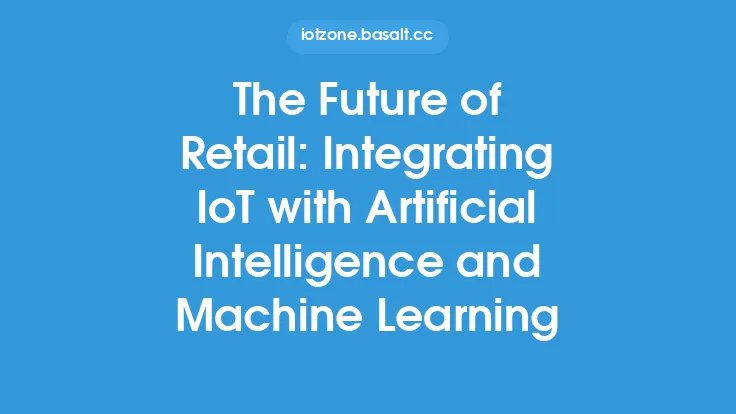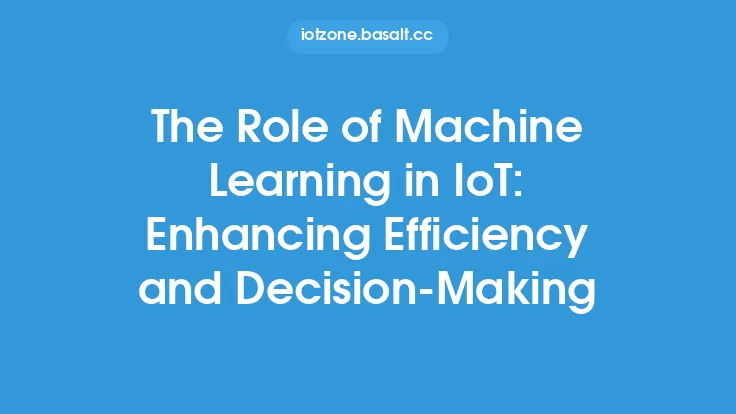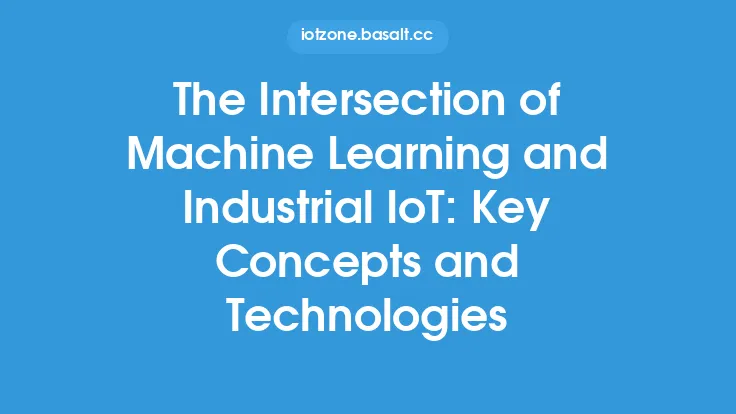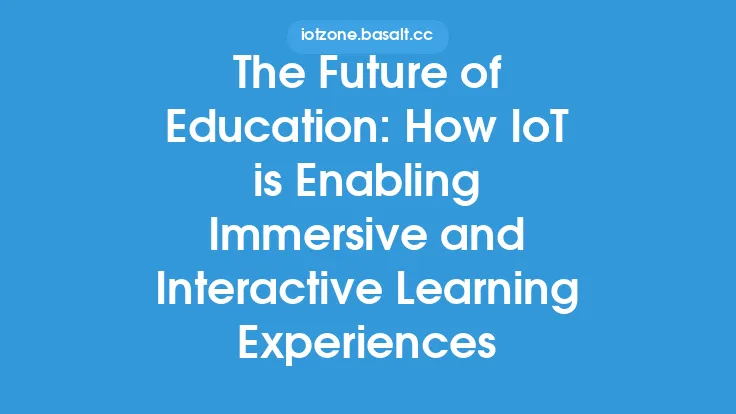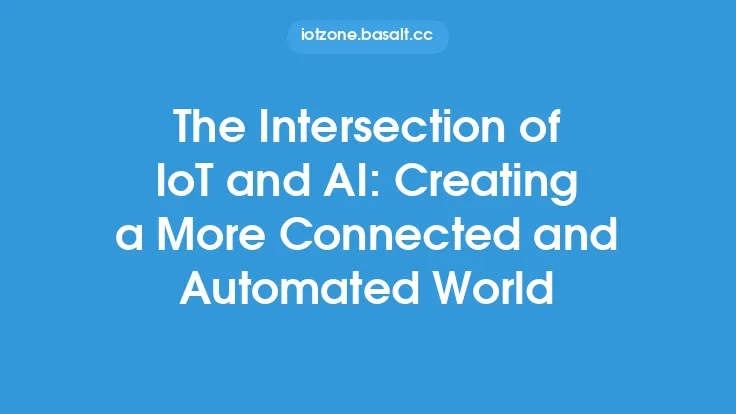The integration of Internet of Things (IoT), Artificial Intelligence (AI), and Machine Learning (ML) in healthcare is transforming the industry in unprecedented ways. These technologies are not only improving patient care but also enhancing the overall efficiency and effectiveness of healthcare services. At the heart of this transformation is the ability of IoT devices to generate vast amounts of data, which AI and ML can then analyze to provide insights that were previously unimaginable.
Introduction to IoT in Healthcare
IoT in healthcare refers to the network of physical devices, vehicles, home appliances, and other items that are embedded with sensors, software, and connectivity, allowing them to collect and exchange data. This network of devices can range from simple wearables like fitness trackers to complex medical devices like MRI machines. The data collected by these devices can be used to monitor patient health, track treatment outcomes, and improve the quality of care.
Role of AI in Healthcare
Artificial Intelligence plays a crucial role in healthcare by analyzing the vast amounts of data generated by IoT devices. AI algorithms can identify patterns, detect anomalies, and make predictions based on the data, enabling healthcare professionals to make informed decisions. For instance, AI-powered algorithms can analyze medical images like X-rays and MRIs to detect diseases like cancer, allowing for early intervention and treatment. Additionally, AI-powered chatbots can help patients with routine queries, freeing up healthcare professionals to focus on more complex cases.
Machine Learning in Healthcare
Machine Learning is a subset of AI that involves training algorithms on data to enable them to learn and improve over time. In healthcare, ML can be used to develop predictive models that forecast patient outcomes, identify high-risk patients, and optimize treatment plans. For example, ML algorithms can analyze electronic health records (EHRs) to identify patients who are at risk of readmission, allowing healthcare professionals to take proactive measures to prevent readmission. Furthermore, ML can be used to develop personalized medicine, where treatment plans are tailored to individual patients based on their genetic profiles, medical histories, and lifestyle factors.
IoT, AI, and ML: A Synergistic Relationship
The integration of IoT, AI, and ML in healthcare creates a synergistic relationship that amplifies the benefits of each technology. IoT devices generate vast amounts of data, which AI and ML can then analyze to provide insights that inform decision-making. AI and ML can also be used to optimize the performance of IoT devices, ensuring that they operate efficiently and effectively. For instance, AI-powered algorithms can be used to optimize the scheduling of medical appointments, reducing wait times and improving patient satisfaction.
Technical Aspects of IoT, AI, and ML in Healthcare
From a technical perspective, the integration of IoT, AI, and ML in healthcare requires a robust infrastructure that can support the collection, storage, and analysis of vast amounts of data. This infrastructure includes cloud computing platforms, data analytics software, and cybersecurity measures to protect patient data. Additionally, the development of AI and ML algorithms requires large datasets, which can be challenging to obtain in healthcare due to privacy concerns and regulatory requirements. To address these challenges, healthcare organizations are leveraging techniques like data anonymization, encryption, and federated learning, which enable the development of AI and ML models without compromising patient privacy.
Real-World Applications of IoT, AI, and ML in Healthcare
The integration of IoT, AI, and ML in healthcare has numerous real-world applications, ranging from clinical decision support systems to population health management. For example, IoT devices like wearables and mobile apps can be used to track patient activity, sleep patterns, and nutrition, providing valuable insights that inform treatment plans. AI-powered algorithms can be used to analyze medical images, diagnose diseases, and develop personalized treatment plans. Additionally, ML algorithms can be used to identify high-risk patients, predict patient outcomes, and optimize resource allocation in healthcare settings.
Challenges and Limitations of IoT, AI, and ML in Healthcare
Despite the numerous benefits of IoT, AI, and ML in healthcare, there are several challenges and limitations that need to be addressed. These include concerns around data privacy and security, the need for standardized data formats, and the requirement for robust infrastructure to support the collection and analysis of vast amounts of data. Additionally, there is a need for healthcare professionals to develop the skills and expertise required to work with AI and ML algorithms, as well as to address the ethical implications of using these technologies in healthcare.
Future Directions of IoT, AI, and ML in Healthcare
The future of IoT, AI, and ML in healthcare is exciting and promising, with numerous opportunities for innovation and growth. As the technology continues to evolve, we can expect to see more sophisticated AI and ML algorithms, increased adoption of IoT devices, and greater emphasis on data analytics and insights. Additionally, there will be a growing need for healthcare professionals to develop the skills and expertise required to work with these technologies, as well as to address the ethical implications of using them in healthcare. Ultimately, the integration of IoT, AI, and ML in healthcare has the potential to transform the industry, improving patient outcomes, enhancing the quality of care, and reducing costs.
